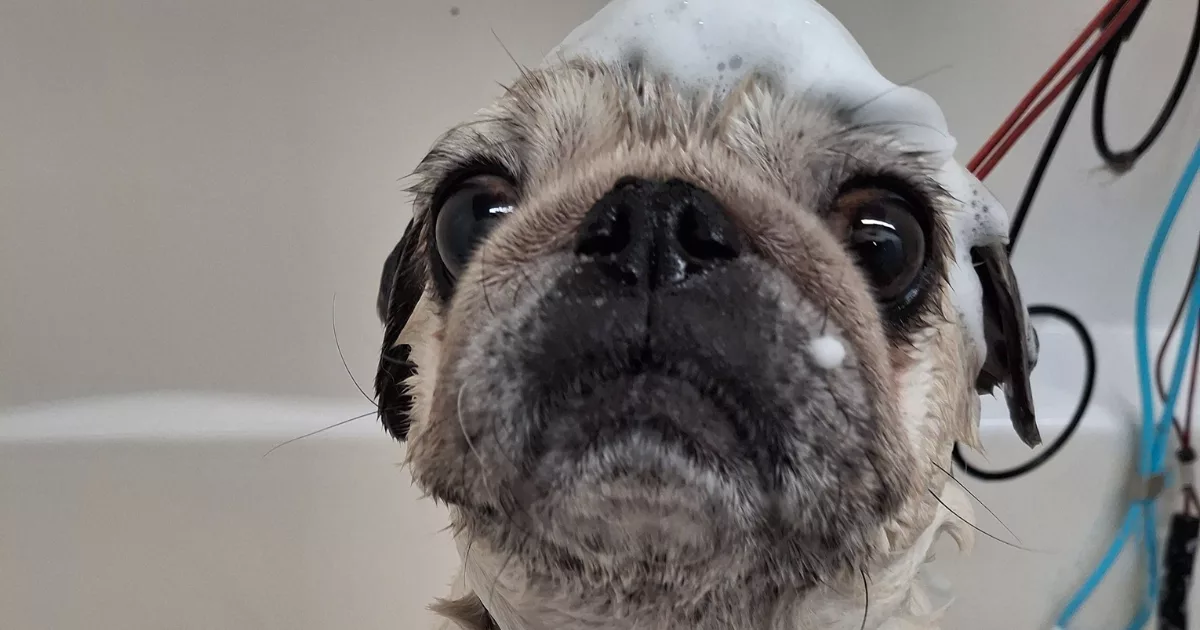

How often you should bathe your dog depends on several factors, including coat type, lifestyle, skin health and activity level. Beware, there are no specific studies on dog bathing practices.
Factors influencing bathing frequency
1. Coat type
Longhair or double coats: Require more frequent baths, approximately every 4 to 6 weeks, to avoid tangles and dirt buildup.
Active dogs that spend a lot of time outdoors or enjoy activities such as swimming or playing in the mud may need more frequent baths.
Dogs that spend most of their time indoors and have a more sedentary lifestyle may require less frequent baths.
Dogs with skin conditions, allergies or sensitive skin may need more frequent baths with medicated or hypoallergenic shampoos, as directed by your veterinarian.
If your dog smells bad or is visibly dirty, it is a clear sign that he needs a bath, regardless of how long it has been since the last one.
General recommendations
Standard frequency: For most dogs, a bath every 4 to 8 weeks is adequate.
Avoid excessive bathing: Bathing your dog too often can strip the natural oils from his skin, causing dryness and irritation.
Regular brushing: Regardless of the frequency of baths, regular brushing helps keep the coat clean and healthy.
Additional considerations
Age of dog: Puppies and older dogs may have special bathing needs. Puppies should be bathed only when necessary, using gentle products, while older dogs may require more frequent baths if they have mobility or health problems.
Climate and season: During warmer months, dogs may become dirtier and require additional baths. In winter, the skin may become dry, so it is important to use moisturizing shampoos and space baths more often.
Determining the appropriate frequency for bathing your dog depends on several individual factors. Observing behavior, coat condition and consulting with your veterinarian or groomer will help you establish a bathing routine that keeps your pet clean and healthy.

Categories